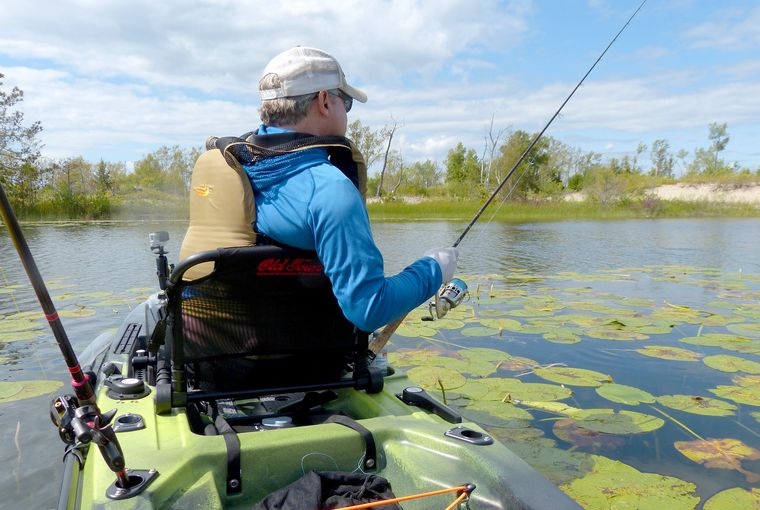
Since I was a kid, I was always been curious about what lay under the surface of a river we routinely drove past. Dotted with stumps and fields of lily pads, it seemed like a perfect spot to wet a line, plus I never saw anyone fish it.
Last summer, I finally persuaded myself to stop. Sketchy parking and no ramp made it impractical to launch a boat, but I was determined. Stashing the truck over a kilometre away, I grabbed two rods, a handful of baits, and some fishing tools and set off on foot towards the river. Only a small section of the waterfront was fishable as tall bulrushes limited casting, and a gravel soft shoulder was the only place I could stand. Within two hours, seven bass hit the bank. Most were largemouth that fell to a black topwater frog. A surprise smallmouth came on a spinnerbait from the middle of the channel. The thrill of fishing a new place coupled with years of anticipation made the outing even more rewarding.
Access not easy
Small waterbodies dot the province’s landscape and provide access to virtually untapped bass fishing. But don’t expect easy access, as backwaters don’t cater to boaters. You’ll need to be adventurous and creative.
Backwater areas are most abundant across the Canadian Shield. Scanning any map will reveal thousands of lakes and spider webs of thin rivers and creeks. The most productive have deep water and a good inflow and outflow of water, ensuring bass have a place to wait out winter. Shallow ponds can ice all the way to the bottom, and are generally not productive options for holding fish year to year. Surprisingly, medium- to large-sized lakes can also be on a backwater-bassin’ menu. Some larger waterbodies, even in the central part of the province, have limited access, as paved boat launches are rare.
When hiking in to hidden gems, packing light is a must. A backpack loaded with fishing gear is really all you need.
Small but mighty
Car toppers, kayaks, canoes, and even belly boats are perfect. (Read “9 ways to cure shore fishing,” pg. 38, in the May 2018 issue.) These easy access options can be powered by a small gas or electric engine, hand paddle, or even modern mechanisms that let you propel by foot power, leaving your hands free to fish.
An ATV permits even greater access to places way off main roads. Hunting game carts are ideal for toting gear down thin trails. And there are few traditions more Canadian than a good portage. Getting to these hidden gems is usually the only difficult part of the fishing trip.
Always respect private property. When in doubt, I knock on doors to gain water access. Some property owners are not interested in allowing access, but many are. Simply being friendly, polite, explaining why you’d like access and what you are doing, and providing your full name — even leaving a business card so they know who you are and how to contact you — can go a long way to getting on the water.
Carrying a garbage bag and picking up any litter you find is not only a great way to conduct yourself, it also goes a long way to good landowner relations.
Hidden in plain sight
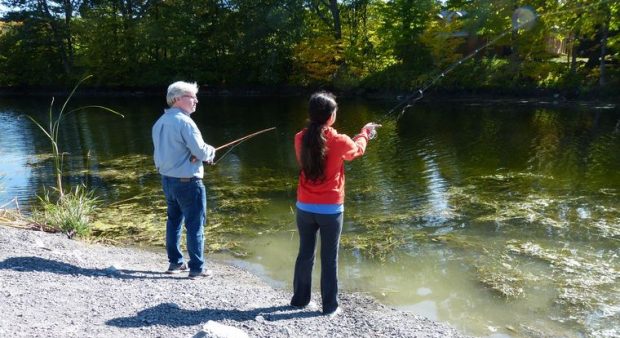
Many great places are closer than you think. Urban angling offers countless hidden gems. Rivers, canals and ponds are often nestled in public parks far away from any boat ramp. Bass fishing can be productive but the abundance of larger fish can be limited compared to more remote lakes. Check zoning bylaws as municipalities can restrict fishing, and be cognizant of your backcast with unexpected walkers, joggers, or just the plain curious.
Provincial parks are worth exploring. Besides main lakes and rivers, they can also offer access to backwater locations with limited fishing pressure. But be aware of possible gas-motor restrictions.
If you’re up for new adventures, spent time looking over topographic maps, search online, butter up fishing friends to see if they will let you in on any of their hidden gems, or try hunting out your own backwater bassing locations by driving the backroads. Once the season opens, you’ll be glad you did, as fishing can be amazing.
Shore-casting baits
I divide my backwater shore fishing tackle into two categories: fast and slow.
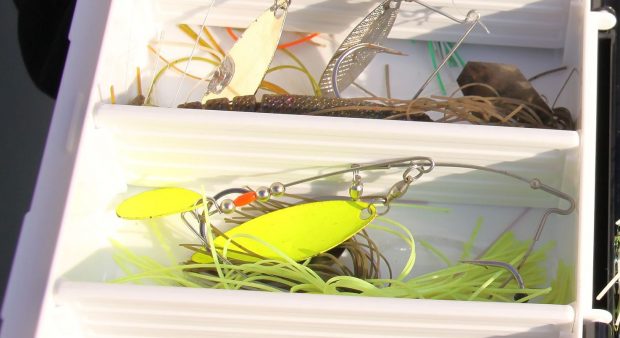
Spinnerbaits and topwater frogs are my two favourites, as I can cover water with them and work through most obstacles with ease.
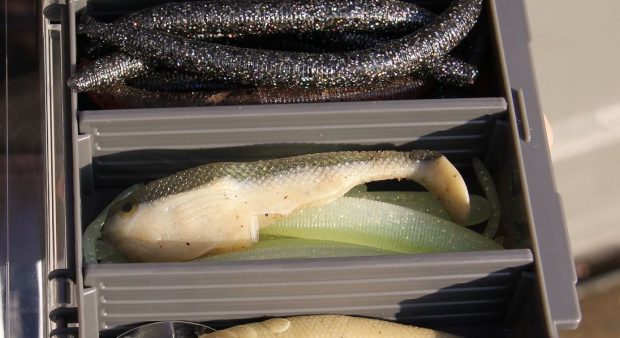
Where the shoreline is overgrown and you can’t cover a wide area, use a slow approach like a weightless Texas-rigged soft jerkbait. Slowly crawl it back with gentle twitches.

Originally published in Ontario OUT of DOORS’ 2020 Fishing Annual.
Luigi’s love affair with angling started when he was a lad and has never faltered. When not gawking at lures, he can be found setting goose or turkey decoys, or in a tree stand. Reach Luigi at: [email protected]


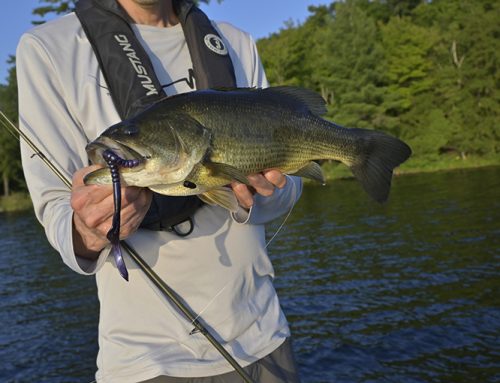
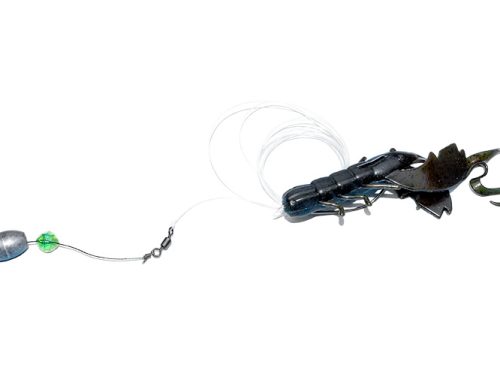
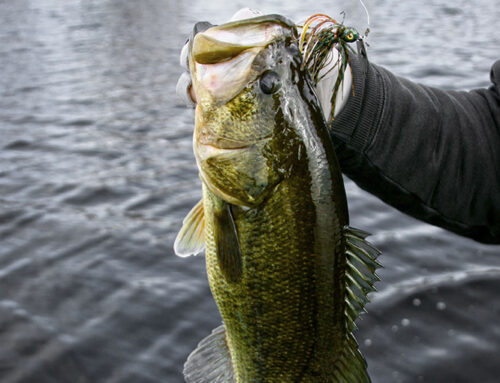
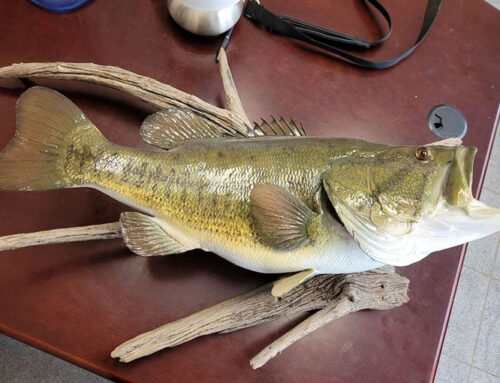
Leave A Comment